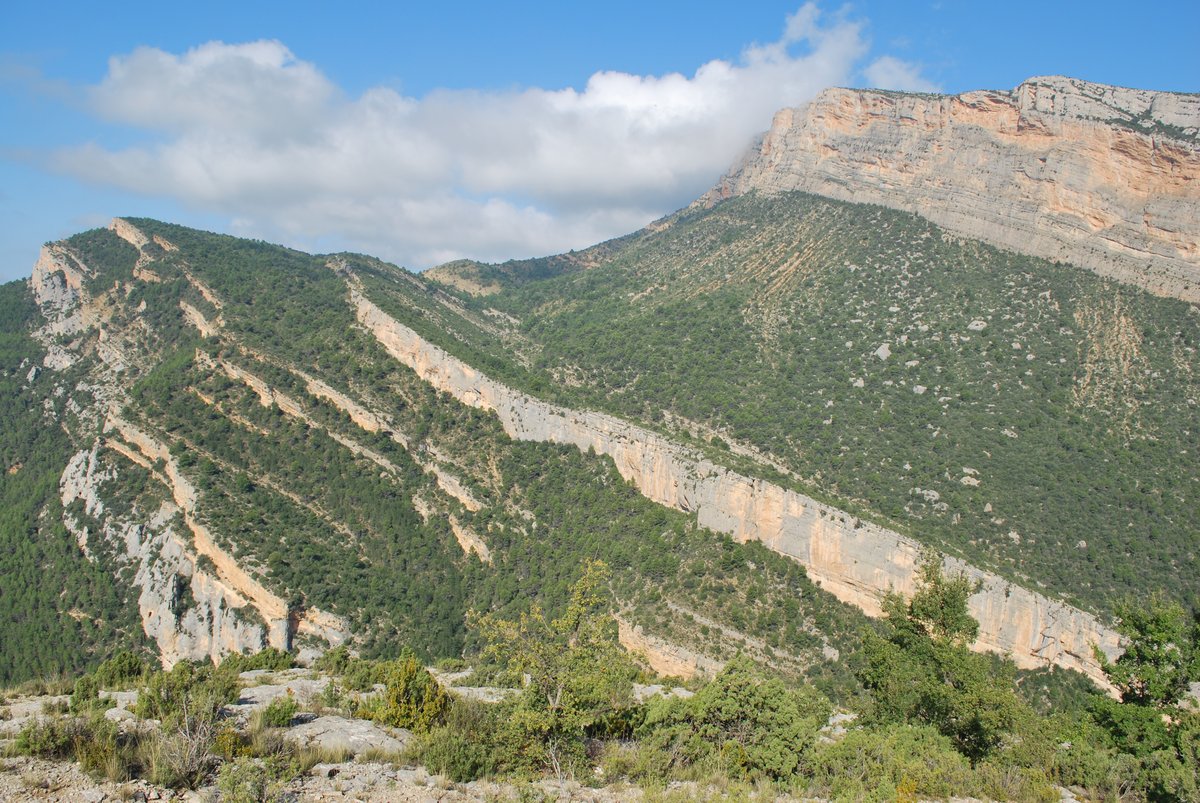
Across the Arabian Plate and northern Europe, an epeiric carbonate platform, 1000s of kilometres in length was established. High rates of carbonate productivity in shallow seas led to deposition of a succession dominated by small benthic foraminifera, algae and rudist bivalves. Low amplitude, low frequency sea level fluctuations ensured thick successions of carbonate accumulated, with few emergent surfaces (e.g. Al Hammani, 2018Past Graduate Students). Dolomitization was rare in equatorial areas, but could be extensive in more arid climate belts of North Africa and Europe (Newport, 2015; Newport et al, 2017Publications). Ongoing projects at the University of Manchester are focused on describing how Cretaceous carbonate platforms were altered during burial, and what impact this had on their pore systems. This has implications to efficient production of hydrocarbon from these prolific reservoirs, and also to understanding how water moves in carbonate rocks with a very microporous (so-called ‘chalky’) network of pores (Hollis and Al Hajri, 2019;Publications).